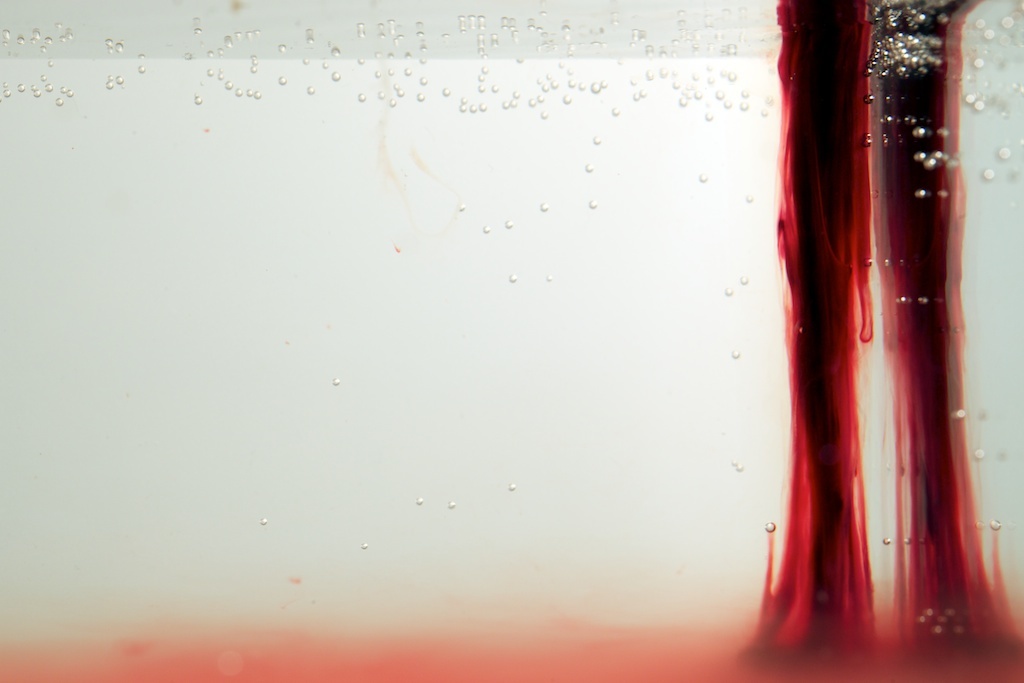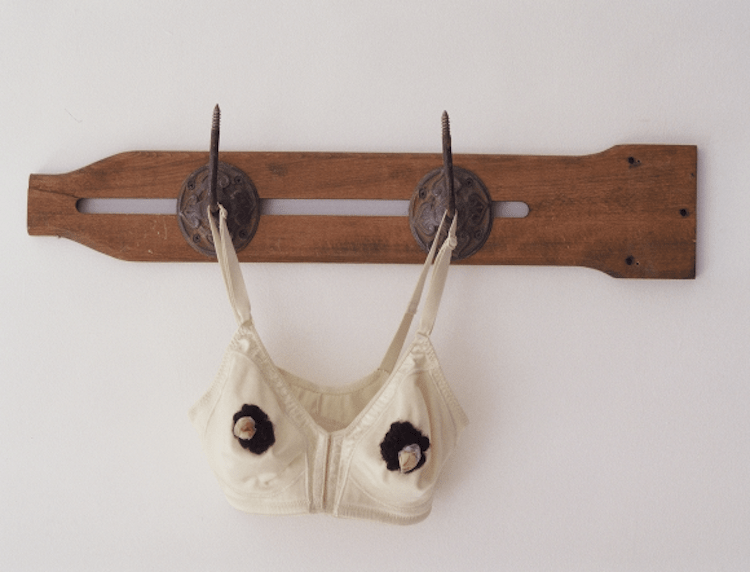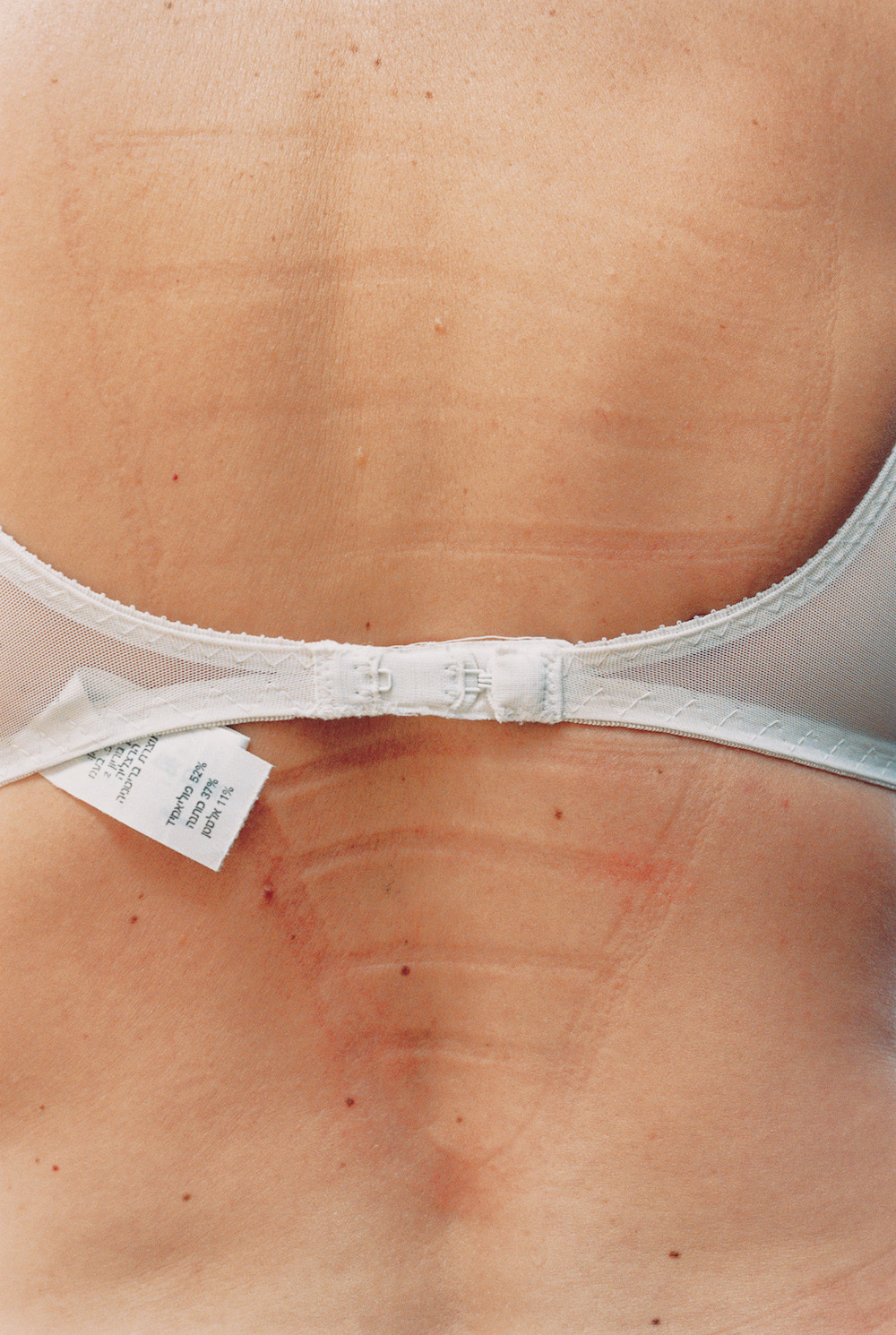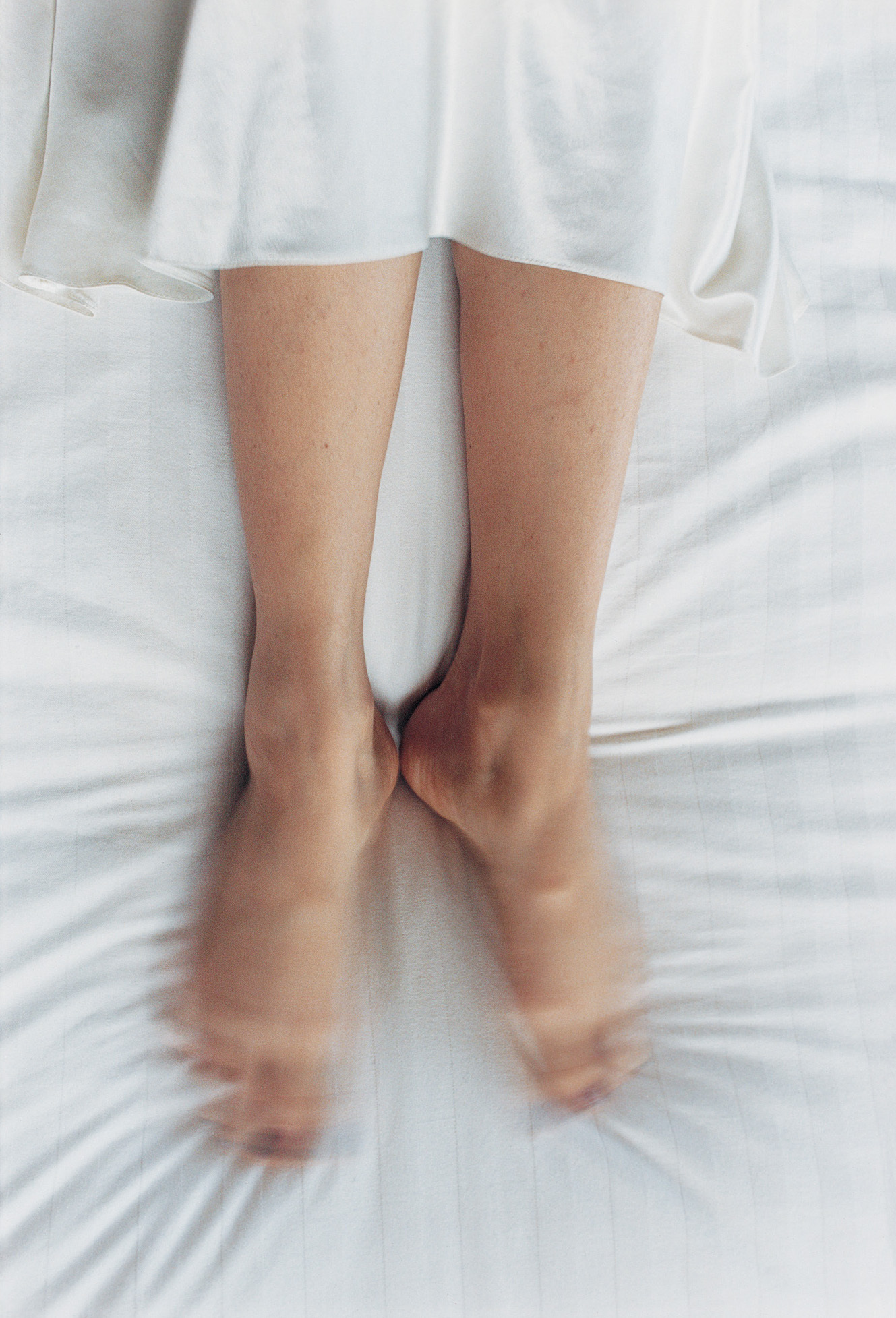For co-gallerists Eira Rojas and Aimee Rubenstein, the curatorial process always starts with the topics that animate their everyday conversations with friends. “I am constantly talking about my period,” Eira says. “But only to a select group of individuals.” These daily dialogues develop quickly into politically charged and provocative exhibitions at Miami’s Rojas + Rubensteen Projects, the gallery the duo founded in October 2016. The last two shows at the space focused on the relationship between freedom and control in American politics and Islamophobia.
Today, the gallery presents “Period.,” a show that centers a topic not often addressed by wider society: menstruation, and navigates its multiple layers with an unusually nuanced approach. “Not everybody gets their period,” Eira explains. “But everybody has a relationship with the period. Whether you’re a guy who knows a woman who has a period, or a woman who doesn’t have a period, temporarily or permanently, or a woman who’s anxiously waiting for her period every day and looking at her underwear like ‘please don’t be late.'” The show explores a subject that is simultaneously universal and underrepresented.

“Eira and I talk about our periods all the time,” as friends, art historians, and co-curators, Aimee adds. Yet she hasn’t been seeing these discussions reflected in art institutions, despite the conversations about gender that have dominated the past election cycle and current presidency. While the fight for reproductive health services and education has gained significant traction in the past year or so, institutions can be hesitant to approach these issues. Instagram’s censorship of Rupi Kaur‘s and Harley Weir‘s images of menstrual blood immediately come to mind. Artists have been embracing the female body and all its natural functions for decades, but institutions and the general public have been slower to catch on. Eira says that even her husband is “still squeamish” about this show.
Included in the exhibition are Israeli American photographer Elinor Carucci’s print of menstrual blood floating in a toilet bowl and American artist Jen Lewis’s action shots of menstrual fluids swerving dynamically through water. Conceivably, these images will cause some non-menstruators discomfort. But there is something strikingly gorgeous about seeing the works on display, isolated and legitimized in pixels. Their beauty is only enhanced when you learn that Carucci’s photos come from a larger series about her specific experience of motherhood and that Lewis uses large aquariums to create her cinematic images, which call to mind the “action paintings” of the late feminist photographer Sarah Charlesworth. Aimee notes that their priorities in selecting works were to make the show “veer between [being] intellectual, aesthetically pleasing, conversational, and factual.” In other words, the aesthetic power of the works intensifies, rather than obscures, their subject matter.

The work is deliberately organized to start conversations. Aimee and Eira have thoughtfully expanded their artist line-up to include work that explores other notions of the period. Aimee stops to elucidate, “I just want it to be clear that the show is trying to show a spectrum or a range of experiences by different women who, frankly, get their periods or don’t get their periods in different ways because we’re different individuals.” For example, local artist Sonia Baez-Hernandez presents a body-level multimedia sculpture of a bra as part of a larger series about her experience of breast cancer — she lost her period due to chemotherapy.
Barcelona-based artist Laia Abril presents work for the second time at Rojas + Rubensteen, analyzing illegal abortion procedures by simulating them for her photographs. For the larger series “On Abortion,” she photographed instruments used throughout history to perform abortions and interviewed women in Latin America about their access to abortions that were deemed safe. Eira recounts that when Abril’s other work was up in their December show, women felt compelled to tell them extremely intimate stories about their childbirths, abortions, and other surgeries. Aimee feels that this show accomplishes the same goal, saying, “We find that people, generally speaking, are uncomfortable talking about these issues, but as soon as they walk into our space and see the imagery, there’s this ease that people feel like they can and should and even want to talk about it with us.”

The space is, after all, set up with candles, incense, coffee, and room to sit and chat. This impacts the artists as well. Eira notes that Emily Lapeyre Gui, whose multimedia work is in the “Period.” show, created her installation in 2012 and had never revealed it before. It focuses on an abortion that she had. “Her artist statement initially to us didn’t deal with the subject matter head-on and because of this show, she decided to create a new artist statement that openly said what the work was about.”
Not all of the works conspicuously address menstruation. “We tried to select artwork that approached periods and menstruation very directly, very straightforwardly, using menstrual blood, but also having a larger scope of work that talks about time and movement and flow,” Aimee says. There are two definitions of the word “period” listed in the show: 1) A portion of time determined by some recurring phenomenon, and 2) A single cyclical occurrence of menstruation. “We wanted to deal with the subject of periodicity whether it’s through water, time, menstrual cycles.”

Eira believes that the foundational conceptual artist Mierle Ukeles Laderman (whose retrospective at the Queens Museum just ended) is a perfect example of this. Her 1977-78 project Mikva Dreams is a highlight of “Period.,” and looks at the mikva (a Jewish act of cleansing that can be related to menstruation) “as a ritual that can be celebrated, hated, can be completely not known,” says Aimee, who adds she thinks about it often as a contemporary Jewish woman. “We can talk about our own family traditions and practices, but how do we enable other people to talk about these things?” At Rojas + Rubensteen, the philosophy is to show, not tell — and then to listen.
“Period.” opens tonight at Rojas + Rubensteen Miami, and runs until June 15. Programming on reproductive health, the period taboo, and the mikva is in the works.
rojasrubensteenprojects.com
Credits
Text Blair Cannon
